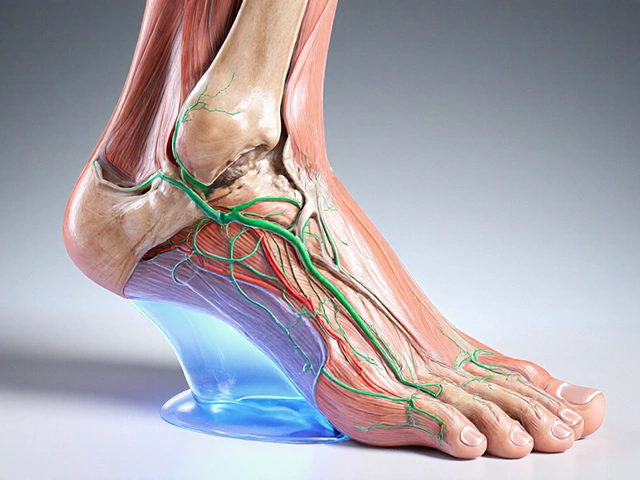Warm-up Strategies to Boost Performance and Prevent Injuries
Think warm-ups are optional? Quick fact: a proper warm-up prepares your body and brain for effort, so you move better and stay injury-free. These warm-up strategies are short, practical, and designed for real training—no fancy gear, just smart steps you can use before any session.
What to do and why it works
Start with light aerobic movement for 3–7 minutes. This raises blood flow and gently increases heart rate. After that, add dynamic movements that mimic your workout—leg swings for runners, hip circles for lifters, arm swings for throwers. Dynamic moves wake up the right muscles and teach your nervous system the patterns you’ll use.
Save static stretches for after the workout. Holding long stretches before heavy lifts can blunt strength and power. If a muscle feels tight, do short, controlled mobility work instead—5–10 reps through the movement, not a long hold.
Quick warm-up templates you can use
General gym session (7–10 minutes): 3 minutes light cardio (bike, brisk walk). 5 minutes dynamic: inchworms, bodyweight squats, hip openers, shoulder pass-throughs, glute bridges. Finish with 1–2 warm-up sets using the weight you’ll lift, but at 40–60% intensity.
Running (8 minutes): 4 minutes easy jog then drills: high knees x20m, butt kicks x20m, leg swings 10 each side, 4 build-up strides of ~50m at 60–80% effort. The strides get your legs firing and your breathing patterned for faster pace.
Sport/practice (10 minutes): Sport-specific movement first—light passes or drills at low intensity. Add agility ladders, quick direction changes, and short sprints. Finish with brief activation sets for key muscles (band walks for hips, scapular squeezes for shoulders).
Activation focuses on weak links. Use bands or bodyweight: clamshells and banded side steps for glutes, face pulls for rear delts, plank variations for core. Two sets of 10–15 reps is enough to feel a difference.
Common mistakes to avoid: skipping the warm-up, doing only static stretches, and blasting high intensity too early. Those habits increase injury risk and reduce performance.
How long should it take? Aim for 7–12 minutes on most days. Longer if you’re cold, older, or doing a high-intensity sport. Short on time? Do a 4–5 minute focused warm-up targeting the main muscles you’ll use.
Final practical tips: match the warm-up to the session, keep movements active, and listen to your body. If something still feels tight, add a targeted mobility drill or a light activation set. Use these warm-up strategies regularly and you’ll notice steadier performance and fewer aches.





